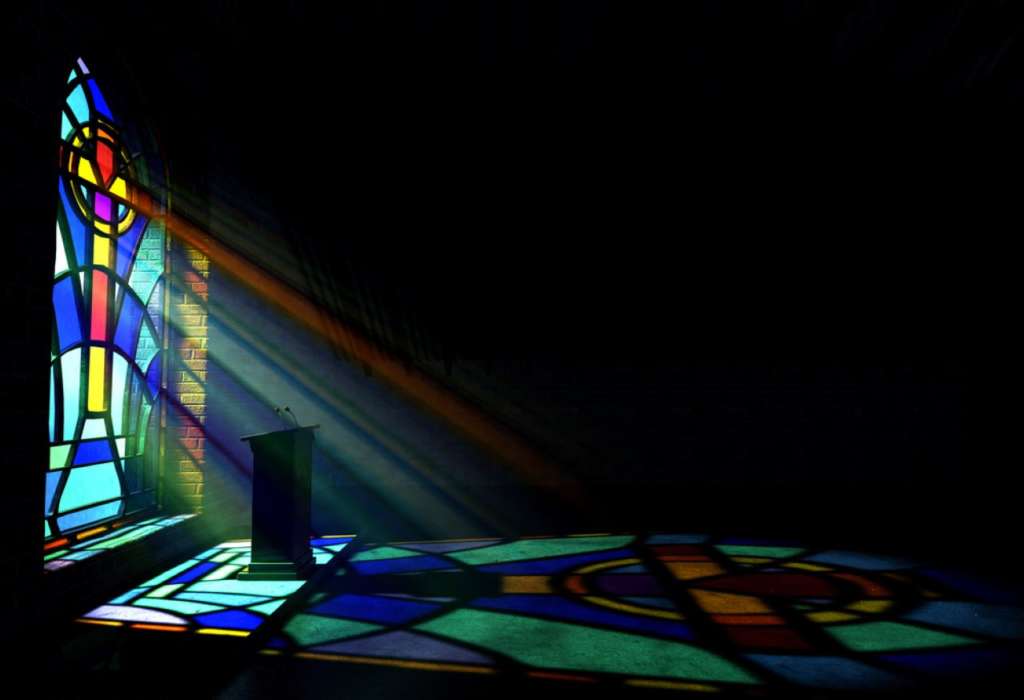Considering a Course in Stained Glass?
If you’re curious to learn the art of stained or ornamental glass that can be used to make smaller decorative and household items, a course in stained glass would be an excellent choice for you. Some of the items you can create with your course in stained glass include mirror surrounds, lampshades, Christmas tree decorations, items of jewellery, suncatchers and art instillations. Stained glass is a great hobby to have that will enable you to relieve stress, escape your work life and have some fun. The good news is there are so many courses in stained glass currently available and a majority of them are part-time which is good for those balancing work and study.
About Stained Glass
The craft of stained glass or glass art as it is more often referred to today, combines engineering precision with artistic skills and is a good hobby for anyone who enjoys being creative while paying attention to detail. Although the possibilities are limited only by what you can image and the opportunities to take on more and more demanding projects almost endless, even those who are new to the art can make attractive decorative items. Stained glass refers to the coloured glass used to make decorative windows and other objects through which light passes. Generally speaking, all coloured glass is stained or colour by the addition of various metallic oxides while it is in a molten state. Nevertheless, the term ‘stained glass’ has come to refer mostly to the glass employed in making those pictorial or ornamental windows.
A Brief History of Stained Glass
While glass is an ancient material, the Romans seem to have been the first to use glass in windows. In the UK, fragments of coloured window glass dating to the 7th century have been excavated at sites of monasteries in Jarrow and Monkwearmouth in Northumbria. The Anglo-Saxons may have been making stained glass windows, using lead and coloured glass, however, stained glass as we know it was a medieval art form which was used widely in gothic architecture.
The oldest remaining glass in situ in England dates back to the 12th century. Glass from this early period survives in Canterbury Cathedral where it was placed in 1184. The earliest windows at Canterbury Cathedral contained two figures, one above the other, depicting the genealogy of Christ. The figures are large so that they can be clearly seen from the ground and were in the clerestory. Those few that remain have dramatic grandeur and the painting has great strength and simplicity, accentuated by the lead lines. There is a great range of deep colours. The Stained Glass Museum holds a similar example dated c.1210 from Soissons Cathedral in France.
What Will I Learn?
You will be provided with an introduction to stained glass, technical considerations and safety issues, stained glass design and the drawing and layout of your design. The course will teach you about glass cutting, glass grinding and leading. Students will learn about the presentation of stained glass and soldering.
If you’re serious about doing a course in stained glass, check out courses near you in the Nightcourses.co.uk national course finder.

